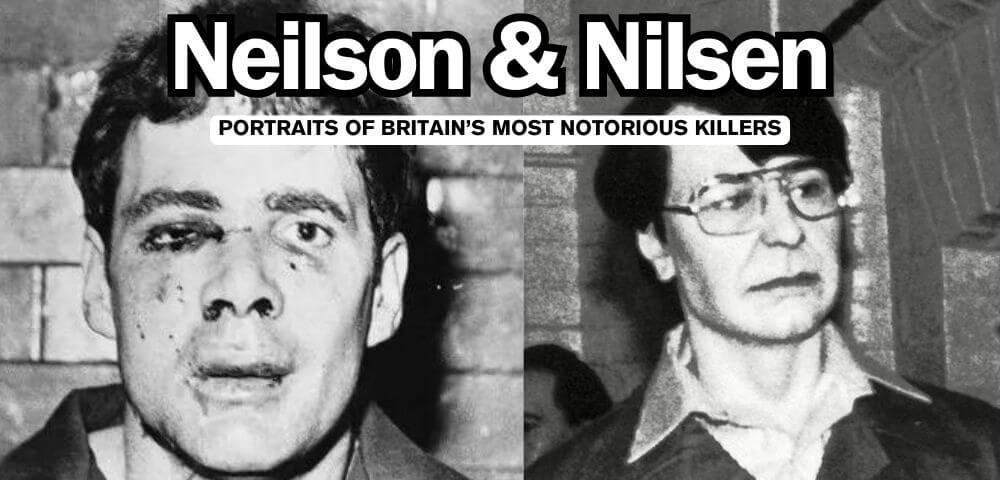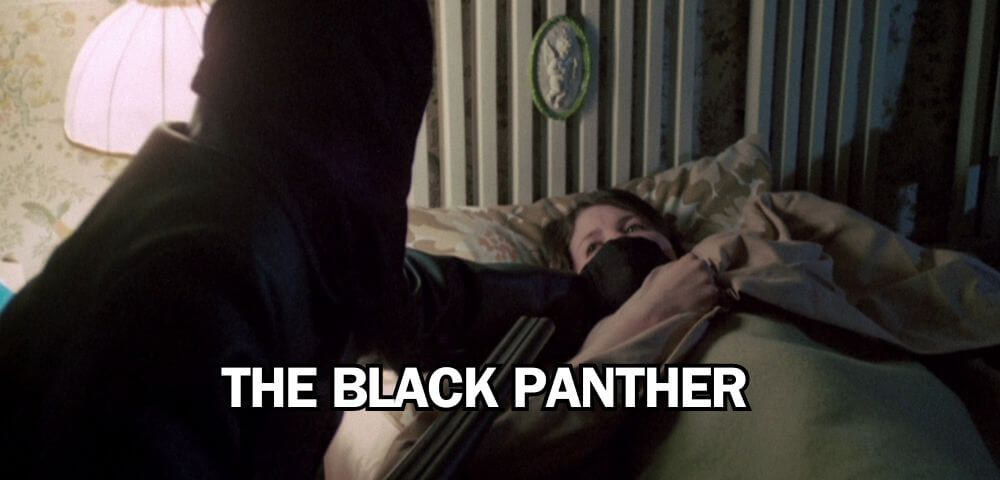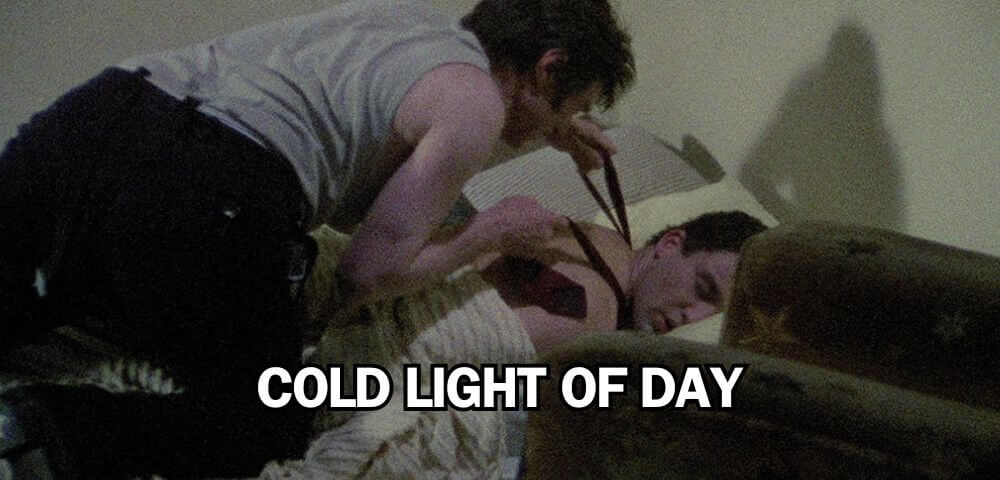
Donald Neilson, aka The Black Panther. Was responsible for over 400 house burglaries. Between 1971 and 1974, Neilson robbed 18 sub-post offices, breaking into them in the night. In 1974, Neilson committed three murders during his post office robberies, killing two sub-postmasters and the husband of a sub-postmistress during robberies in Harrogate in North Yorkshire, Baxenden in Lancashire, and Langley, West Midlands respectively. On January 14, 1975, he kidnapped Lesley Whittle, an heiress from Highley, Shropshire. She would later die in his captivity. He was convicted of four counts of murder, and sentenced to life imprisonment in July 1976. He died at Norfolk and Norwich University Hospital after being transferred there from Norwich Prison on December 17, 2011, aged 75. THE BLACK PANTHER is based on his crimes.
Dennis “Des” Nilsen, aka The British Jeffrey Dahmer. Killed at least twelve young men and boys in his two North London flats between 1978 and 1983. He also attempted to kill seven more and initially confessed to there being 15 victims, but later recanted his story, saying the 3 additional murders never took place. He was convicted of the murders of six men and two attempted murders on November 4, 1983 and sentenced to life imprisonment. He died at York Hospital on May 12, 2018, aged 72. COLD LIGHT OF DAY is based on his crimes.

THE BLACK PANTHER
Dir. Ian Merrick, 1977.
United Kingdom. 102 min.
In English.
TUESDAY, SEPTEMBER 3 – 7:30PM
SATURDAY, SEPTEMBER 7 – MIDNIGHT
MONDAY, SEPTEMBER 9 – 10PM
FRIDAY, SEPTEMBER 20 – 10PM
Not to be confused with MCU trash, Ian Merrick’s debut film THE BLACK PANTHER recounts the criminal escapades of Donald Neilson, an armed robber, kidnapper and murderer who terrorized the north of England in the 1970s.
The film caused an enormous controversy upon its release in late December 1977, just one year and a half after Neilson’s sentencing to life in prison. Its initial run in UK cinemas was canceled due to protest and mounting media pressure, though the film eventually found a home on VHS in both the US and UK in the 1980s.
Screenwriter Michael Armstrong, of MARK OF THE DEVIL fame, took a journalistic approach to adapting the case to the screen and resolved to depict on film only that which was totally verifiable. Pursuing absolute accuracy, he even based much of the main character’s dialogue on court transcripts and media interviews with Neilson himself.
The result is a shockingly realistic and minimalist docudrama and a haunting and disturbing piece of true-crime cinema. Directed with unflinching intensity by Ian Merrick, it is a sobering look not only at Neilson’s method and psyche, but also at how police incompetence and press unscrupulousness contributed to Neilson’s most infamous crime.

COLD LIGHT OF DAY
Dir. Fhiona Louise, 1989.
United Kingdom. 80 min.
In English.
FRIDAY, SEPTEMBER 6 – MIDNIGHT
FRIDAY, SEPTEMBER 13 – MIDNIGHT
TUESDAY, SEPTEMBER 17 – 10PM
SATURDAY, SEPTEMBER 28 – MIDNIGHT
Bob Flag, who bears a striking resemblance to the real Dennis Nilsen, plays Jordan Marsh, a seemingly kindly civil servant who befriends down and out young men and lures them back to his “flat of horror” (as it was dubbed at the time by the tabloid press) with promises of food, drink and shelter only to strangle them with a necktie, drown them in his bathtub and dismember their bodies in a film based on the crimes of Dennis Nilsen.
This fictionalized account of the Nilsen murders dramatizes key elements of his modus operandi. Flag plays Nilsen with quiet menace and pathetic confusion, as a diseased man unable to comprehend his affliction or explain his drive to kill. Written and directed by 21-year-old Fhiona Louise in her first and only directorial credit (still the youngest woman to have directed a feature film in Britain), it is a strangely observational look at the daily rituals and routines of a life turned toward killing.
Shot on grainy 16mm film on a micro budget, in the grottiest of flats, caffs, pubs, and in the red light district of Soho, it is a film of unrelenting bleakness and suffocating grayness, offering an oblique insight into a disturbed criminal mind in the cold light of Thatcher’s London.
